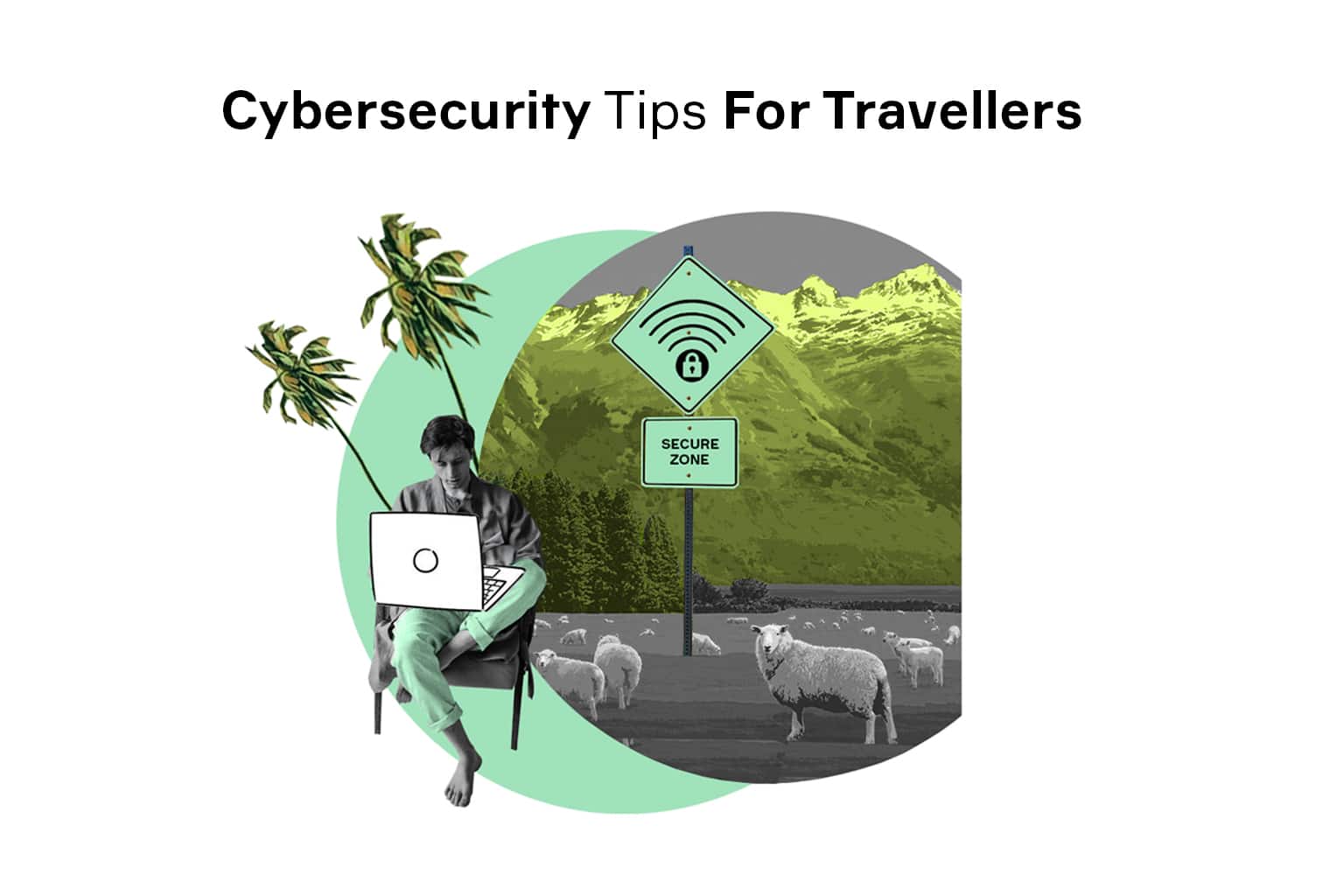
We are living in the age of connectedness, where anyone can get online from anywhere, right?
Well, as soon as you step out of your country, this formula crumbles. Mobile carriers and global internet service providers charge ridiculous fees – so much that in fact that they have already become subject to strict regulations in Europe. That didn’t slow them down a lot though, with international roaming revenues being estimated to exceed $1 trillion in 2020. Even with business travel grinding to a halt during COVID-19, this is a massive amount of money. And the service you get for it is not that good either, offering speed and reliability straight from the early 2000s.
To help you out, our team has prepared some tips on how to avoid roaming charges and still get the most out of your cellular connection.
What Data Roaming Means?
Broadly speaking, the word “roaming” refers to a process when a phone or other device connects to the Internet using a non-native network. This can actually happen within the country as well but since there are no extra fees for domestic roaming, nobody really knows about it. Nowadays, this term refers mostly to international data roaming, which is also the most expensive one.
How Data Roaming Works?
To make roaming possible, mobile network operators need to make their networks accessible to outside accounts. So the process usually starts with businesses negotiating the terms on which they essentially lend their infrastructure to non-customers. Once the agreement is reached, further steps are as follows:
- You leave the area covered by your ISP;
- The phone searches for available networks;
- The “visited” network locates a non-registered device;
- The permission to roam is obtained from the home network;
- Temporary access is granted, and the home network is notified.
This “temporary access” happens on terms specified in roaming agreements, which is where the egregious charges come from. Of course, some of them may be attributed to maintenance and other technical aspects. Realistically, though, these costs cannot be anywhere near as high. This is just because ISPs can charge as much as they want in the absence of competition. In other words, you are absolutely justified to ask “How to avoid international roaming?”, and we’ll do our best to help you out.
How to Reduce and Avoid International Data Roaming Charges?
First, let’s look at the worst-case scenario: you have been caught unprepared on your way to an airport with no other options than using cellular data roaming. While you are still on home turf, try to collect as much information as you can:
- Go through the options offered by your carrier and find out how much does data roaming cost
- Pay attention to the fine print to avoid unpleasant surprises
- Factor in the destination – the cost of data roaming in the USA and Europe differs drastically
- Check whether your accommodation offers WiFi for travel
- Go to roaming settings and choose the most conservative mode
- Download and update everything you can while you still have cheap Internet
- Turn off all non-essential apps that might go online without permission
Keep in mind though: even the best roaming charges are quite costly (unless your ISP has some kind of a free roaming plan). So try to reduce your online time to a minimum and avoid heavy-traffic tasks (not that you’ll enjoy a high-speed connection with international Internet service anyway).
5 Best Alternatives to Data Roaming
If you prepare for the trip, you actually have quite a few ways to stay connected. Most of these involve buying an additional device or service, yet some will offer better value for the same money than others.
Travel Modem
When it comes to data roaming, a dedicated portable WiFi device for travel like nect MODEM is pretty hard to beat. While it relies on the same mobile network as the phone, it allows switching between multiple data plans, so you can choose the one with the best roaming charges in the region. Better yet, it supports eSIM technology, so you can switch between several accounts from the app. On top of that, the gadget itself has a number of improvements that put you in control of the situation, as it:
- Shares the connection with multiple devices – no need to worry how to get Internet on laptop anywhere
- Works autonomously, can be powered from the USB port
- Supports all LTE bands
- Supports encrypted connection and VPN for maximum security and privacy
In other words, if you intend to save on roaming without sacrificing performance, a portable modem internet connection is your best bet.
Public WiFi
If you want to eliminate cellular data roaming expenses altogether, consider WiFi hotspots. Hotels, restaurants, and coffee shops usually offer some kind of wireless Internet access as a part of their services. However, the quality of connection will vary. Besides, not all such hotspots are free. Some will only be available for a fee, in which case you will find yourself at the mercy of the gatekeeper. Finally, there’s no telling how safe public networks really are, so it might be better to use them as a backup plan only.
Local SIM
The best way to avoid international roaming is not to rely on it at all and use the local network on its terms by buying a SIM card from the local carrier. In this way, you can enjoy the full range of services at a fraction of the cost it charges travelers. You might need to provide some kind of identification or fill in some forms.
Keep in mind, though, that some phones still don’t support non-native SIM cards. Besides, unless your device supports two SIM cards, switching between different data plans can be an inconvenience. However, with a spare slot in your trusty nect MODEM, combine it with a local SIM and get the best travel WiFi possible.
Travel SIM
If you travel often and find juggling SIM cards inconvenient, consider travel SIMs. This is essentially a regular SIM card with a data plan geared towards international data roaming. Of course, you still need to find a device to use it, so it comes with the same limitations as the option above. Again, a portable WiFi for international travel like nect MODEM will solve this problem. Nevertheless, it comes with a similar offer anyway, which defeats the purpose of buying what you already own.
eSIM
Another solution to the data plan juggling is an eSIM-enabled device. With it, you can switch between several accounts through settings instead of physically removing any SIM card. The main challenge is that devices that support it, such as our nect MODEM, are still relatively uncommon. So, unless you paid attention to it while choosing between USB modem vs router, your gadget most probably doesn’t have it.
Final Thoughts
For the longest time, getting affordable Internet for travel was quite a chore. Unchallenged, ISPs are still reluctant to bulge when it comes to data roaming prices. Fortunately, the tides are changing, and we are happy to be a part of this. With built-in international data plans and the eSIM support, nect MODEM will put you back in control and help create a better, fairer world for everyone.






